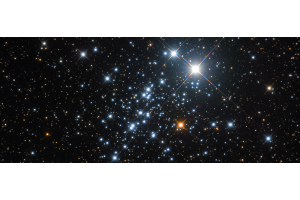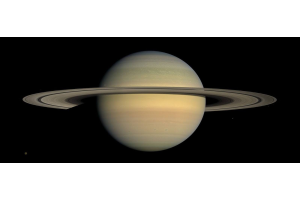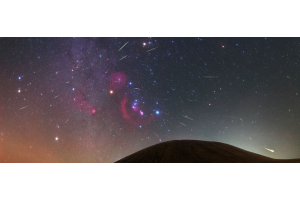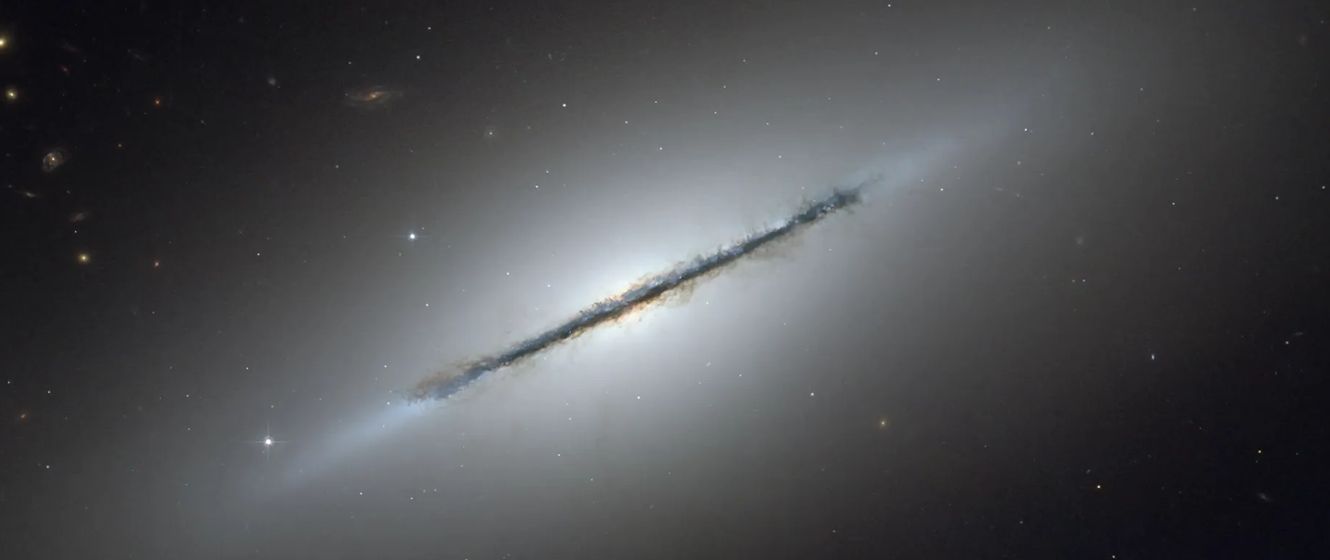
In this episode of What's in the Sky this Month, Teagan reviews some of the beautiful celestial objects you can see in the month of June 2025!
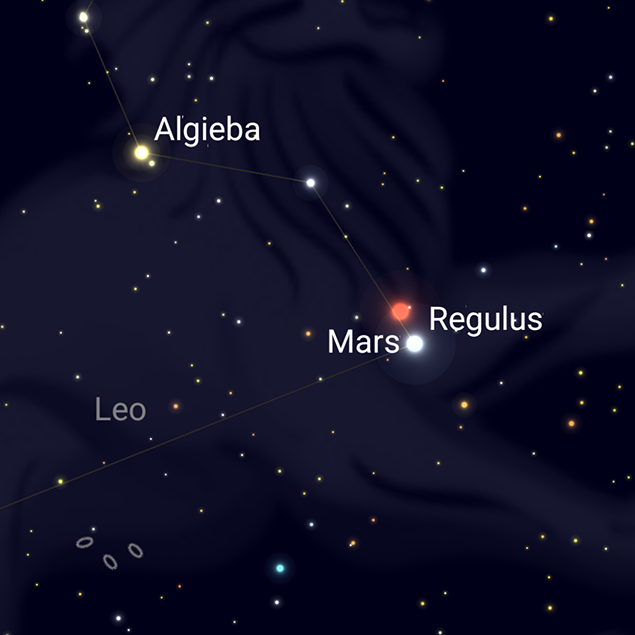
Image credit: SkySafari
Mars, Regulus, and the Moon
Although Mars is slowly losing ground to the approaching Sun, it’s still reasonably well placed for telescopic observation in the evening sky. The downside is that, five months after opposition, its disc has shrunk to a paltry 5 arcseconds in diameter and its light has dimmed to magnitude 1.3. That’s almost the same brightness as Regulus, the brightest star in the constellation Leo, which shines at magnitude 1.4.
You’ll find the crescent Moon beside Regulus on the 1st, but keep your eye on Mars. From the 5th to the 27th, the planet and the star will be within the same 10x50 binocular field of view. The pair are closest on the 16th & 17th, when just 0.8 degrees will separate them. Besides being a great photo op, it also gives visual observers an opportunity to appreciate the color contrast; Mars will appear coppery, while Regulus will twinkle with a white light.
OUR NEAREST NEIGHBORS
Uranus is lost in the Sun’s glare, but if you have an unobstructed view towards the west-northwest, you may be able to see Jupiter very low over the horizon during the first few days of the month. Look for it from about 15 minutes after sunset; Mercury appears two degrees to its right on the 7th, but the pair may be challenging to spot. Mercury then climbs further from the Sun and will be an easy target during the last ten days of the month, with the crescent Moon nearby on the 26th. Mars is visible in the west for 2-3 hours after sunset, while Saturn and Neptune rise in the early hours of the morning and are observable telescopically from the second half of the month. Just a degree and a half separate the pair, with the last quarter Moon stopping by in the predawn hours of the 18th and 19th. Venus is now a conspicuous sight in the east for early risers, with a waning crescent Moon some way to its left in the predawn twilight of the 22nd. Lastly, June’s Strawberry Full Moon occurs in Ophiuchus in the early hours of the 11th, with New Moon happening on the 25th.
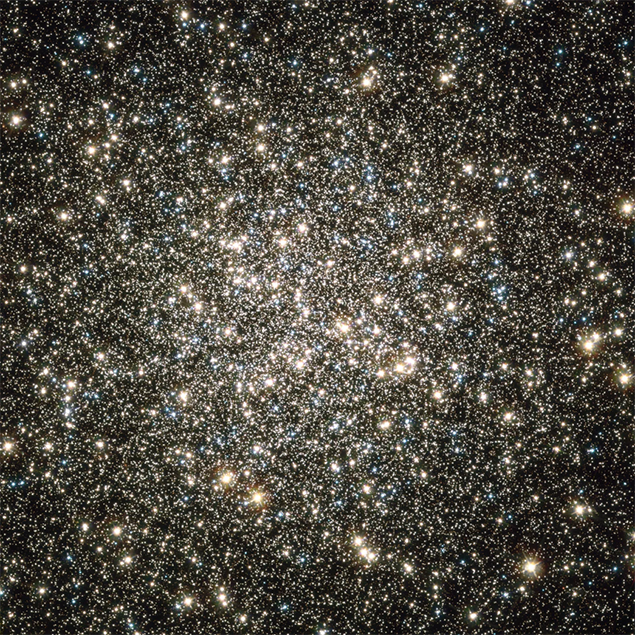
Image credit: NASA, ESA, and the Hubble Heritage Team
Messier 13 - The Great Hercules Cluster
A summer favorite, the Great Hercules Cluster is detectable in binoculars but can be a stunning sight through almost any telescope. A magnification of around 100x will start to resolve individual stars, with chains of stars curving away from the bright core.
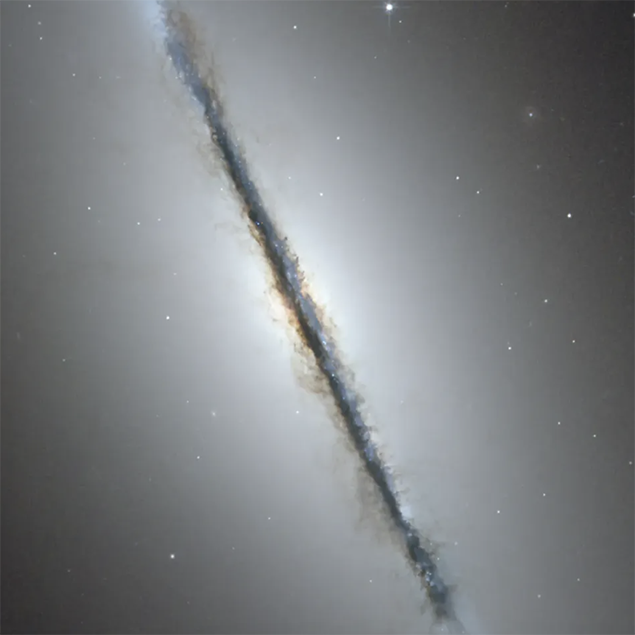
Image credit: NASA, ESA and the Hubble Heritage Team
Messier 102 - The Spindle Galaxy
Galaxy season may be all but over, but there are still a few to be seen. M102 is conveniently located just four degrees from Iota Draconis and appears as a small streak that brightens towards the core through a small telescope. A larger scope and dark skies are needed to see the dark dust lane that intersects it.
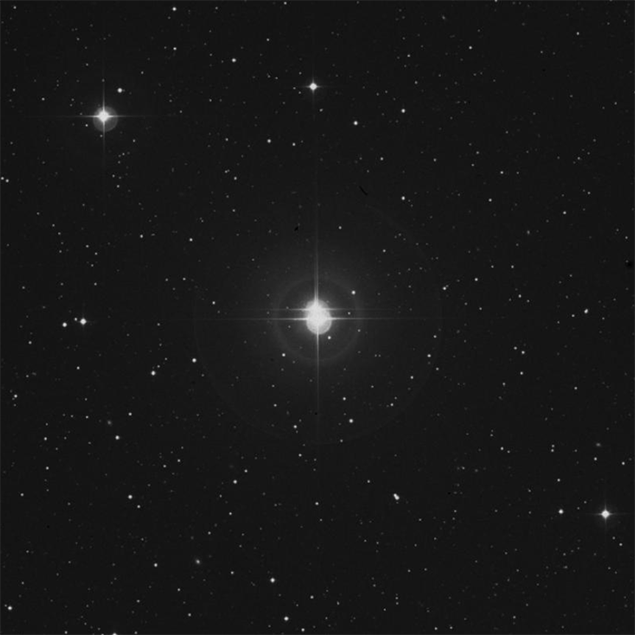
Image credit: Alan Dyer - Amazing Sky Photography
Graffias (Beta Scorpii)
A wide binocular double, Graffias appears as a bright, white primary with a fainter companion. However, a telescope at low power will split the primary in two and reveal a third star that shows hints of violet.

Image credit: Roberto Mura via Stellarium
IC 4665 - The Summer Beehive
A cluster better seen with binoculars, the Summer Beehive is a large, sparsely scattered cluster that appears within the same binocular field of view as Beta Ophiuchi. Regular 10x50 binoculars will reveal about a dozen stars, while a small scope at low power will show about twice as many.
STELLAR CONCEPTS
Magnitude: The magnitude of an object is an indication of how bright that object appears in the sky. The Greek astronomer Hipparchus originated the system in the 2nd century BCE by assigning the brightest stars a magnitude of 1, and the faintest - barely visible to the naked eye - a magnitude of 6. The system has since been refined, so that the very brightest objects (the Sun, Moon, five planets and a handful of stars) have a magnitude below 0, while the very faintest objects typically have a magnitude of between 15 and 20. Sirius, the brightest star in the sky, has a magnitude of -1.5.







